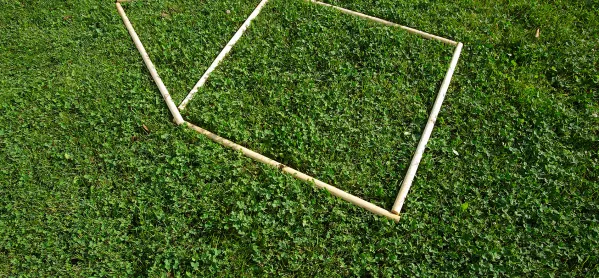- Home
- Need to know: Grammar school expansions
Need to know: Grammar school expansions

Is this the first time that grammar schools have been able to expand the number of places?
No, it’s already been happening; under the coalition government, grammar schools have increasingly turned to the Conditions Improvement Fund, which is ostensibly a fund for repairs and maintenance in all schools, but which can be used in some instances to expand places in good or outstanding schools.
Some have also been able to expand through local authority funding aimed at ensuring there are enough school places in their area.
So why was this new funding needed, and why just for selective schools?
The money is part of the £200 million first announced in the 2016 autumn budget, just after the government launched the green paper, Schools that Work for Everyone.
Then, the plans - including lifting the ban on building new grammar schools - were kicked into touch when Theresa May failed to get the majority she would have needed at the 2017 general election.
Education secretary Justine Greening showed little appetite for grammar school expansion, but the issue resurfaced when she was replaced by Damian Hinds, himself a former grammar school boy, who announced the funding for 2018-2019 last month.
Ministers say requiring selective and partially selective schools to apply from this pot, rather than the sources they used to draw from, has enabled them to set strict conditions.
Such as?
Applicants have to show there is both a shortfall of secondary places in the local area and parental demand for more selective places.
Crucially, they have to show “ambitious and realistic” plans for increasing access for disadvantaged pupils, defined as those eligible for the pupil premium.
This is because this cohort of children is, with rare exceptions, woefully underrepresented in selective schools (less than 3 per cent overall).
However, there is not a set target for the increase of disadvantaged children a school must admit.
So what sort of expansion are we looking at?
Schools can either expand onsite or - more controversially - build an annexe elsewhere, which critics say is a new school by another name. They point to the satellite site opened last year by the Weald of Kent grammar school.
Funded by Kent County Council and approved by the government, the annexe is based in Sevenoaks, Kent - nine miles away from the main site in Tonbridge. It’s fair to say it raised a few eyebrows.
So how much expansion is expected as a result of this funding?
Mr Hinds estimates that the £50 million would fund up to 4,000 new places a year.
How big is demand likely to be this year?
It’s looking more like a trickle right now, but time will tell. Any bid is subject to a minimum four-week consultation, and the deadline for submissions is 19 July, so there’s little time left for anyone thinking of applying to set out their plans.
Few, if any, satellite site applications are expected this year. The hurdles that have to be jumped are seen as off-putting by some. Not everyone, for example, likes the idea of trying to straddle two sites.
But there might also be an issue around the limited time schools were given to pull a bid together this year, which was rather tight.
Has there been any signs of a backlash so far?
The issue of selection always leads to mercury rising, and this is no exception.
For supporters of selection, who wanted to see new grammars sprouting up in different parts of the country where there currently are none, expansion falls short of expectations.
For opponents, the concern is that expansion of existing schools is going to have a destabilising effect on neighbouring schools, by creaming off more of the brightest pupils, as well as the pupil funding attached that they can ill afford to lose.
Opponents, including trade unions, also point out that this will do nothing for social mobility overall.
Anti-selection campaigners, including Comprehensive Future, intend to use consultations to lobby and put their case across.
In a couple of areas, plans to expand have triggered petitions. Whether the strength of opposition is enough to overturn bids is anyone’s guess.
Keep reading for just £1 per month
You've reached your limit of free articles this month. Subscribe for £1 per month for three months and get:
- Unlimited access to all Tes magazine content
- Exclusive subscriber-only stories
- Award-winning email newsletters



